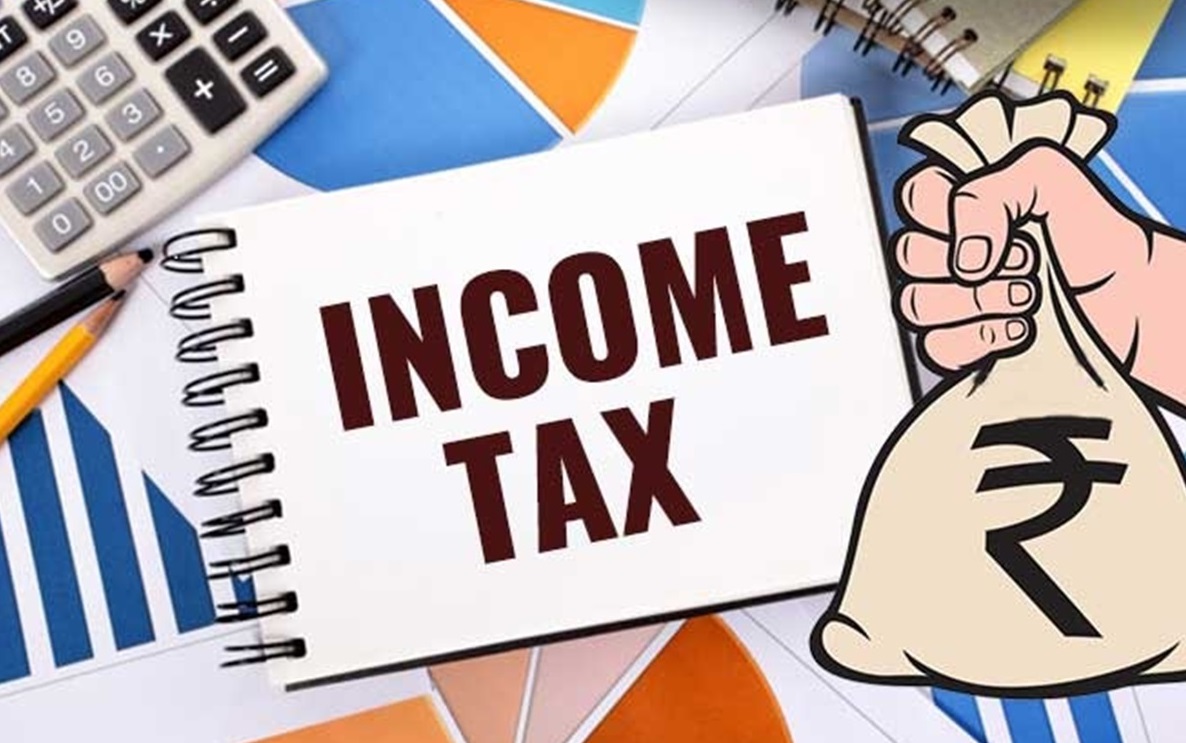Amidst the continuity of the Lockdown and consequential difficulty faced by Industry, the Income Tax Department, in an enabling move has extended the time period till 30th November 2020. At the same time, notified bringing in some key changes in the income tax return forms, the income tax department has now released ITR forms for financial year 2019-20 (Assessment Year 2020-21).
In a notification (31_2020 by way of 12th Amendment to Income Tax Rules), the finance ministry issued ITR 1 (Sahaj), ITR 2, ITR 3, ITR 4 (Sugam), ITR 5, ITR 6, ITR 7 and ITR V forms.
The income tax department had earlier withdrawn ITR form 1 and ITR form 4 to incorporate changes made in income tax rules in the wake of the Covid pandemic.
“The new forms require a separate table to disclose tax saving investment made in Q1 2020 for availing them in FY 2019-20.
Following Forms (New Format) and changes made applicable have been notified;
ITR 2 form: For individuals and HUFs not having income from profits and gains of business or profession.
ITR 3 form: For individuals and HUFs having income from profits and gains of business or profession.
ITR 4 form: Also known as Sugam, it is meant for individuals, HUFs and firms (other than LLP) having total income upto ₹50 lakh and having income from business and profession which is computed under sections 44AD, 44ADA or 44AE. Individuals who are either director in a company or have invested in unlisted equity shares are barred from using this form to file ITR.
ITR 5 form: For persons other than individual, HUF, company and person filing ITR 7 form.
ITR 6 form: For companies other than companies claiming exemption under section 11.
ITR 7 form: For persons including companies required to furnish return under sections 139(4A) or 139(4B) or 139(4C) or 139(4D) only.
Changes in ITR forms for FY 2019-20 or AY 2020-21:
1) If you have taxable income as dividend from domestic companies, you are not eligible to file ITR-1 form.
2) Those with joint ownership of a house property cannot file ITR-1 or ITR-4.
3) Taxpayers need to answer the following questions related to deposits in current accounts, foreign travel and electricity bills in all the ITR forms:
- “Have you deposited an amount or aggregate of amounts exceeding Rs. 1 Crore in one or more current account during the previous year?”
- “Have you incurred expenditure of an amount or aggregate of amount exceeding Rs. 2 lakhs for travel to a foreign country for yourself or for any other person?”
- “Have you incurred expenditure of amount or aggregate of amount exceeding Rs. 1 lakh on consumption of electricity during the previous year?”
4) The income tax department has allowed taxpayers the laxity of making certain tax saving investments for FY 2019-20 till 30th June 2020 in view of the coronavirus lockdown. Deductions under Chapter-VIA-B of IT Act which includes Section 80C (LIC, PPF, NSC, etc), 80D (Mediclaim) and 80G (donations) will now be allowed for spending till June 30th. The dates for making investment, construction or purchase for claiming roll over benefit in respect of capital gains under sections 54 to section 54GB has also been extended to June 30.
The new ITR forms seek details of all these investments and payments made in between April and June for claiming tax deduction.
It is required to be mentioned here that earlier, individuals and other non-corporate taxpayers not subject to tax audit or transfer pricing are required to file ITR by July 31 under the provisions of Section 139(1) referred as the Regular return filling date/due date filling.


